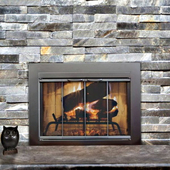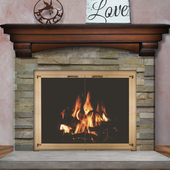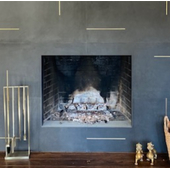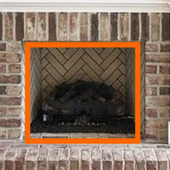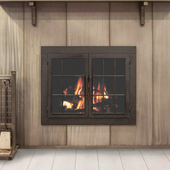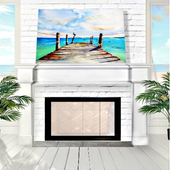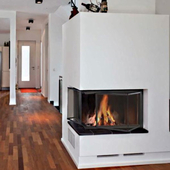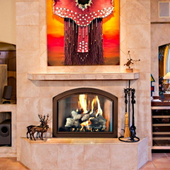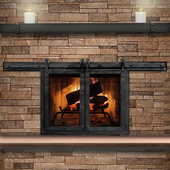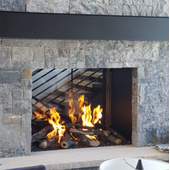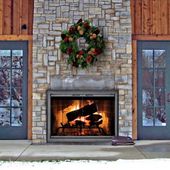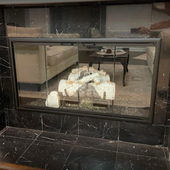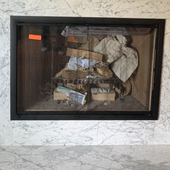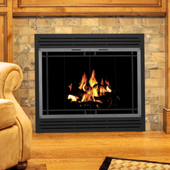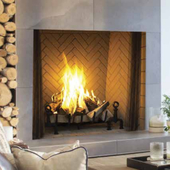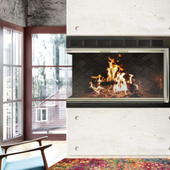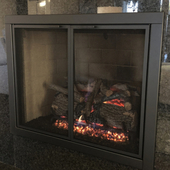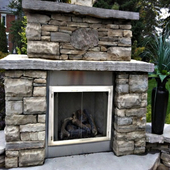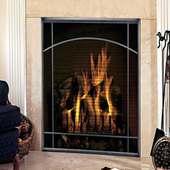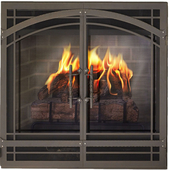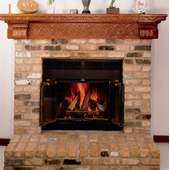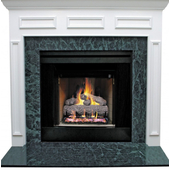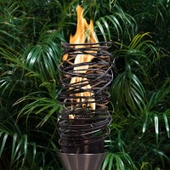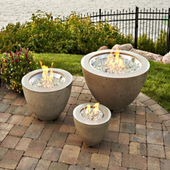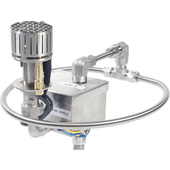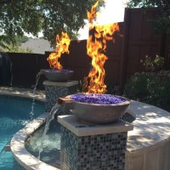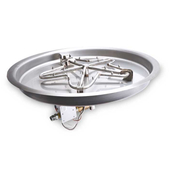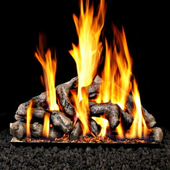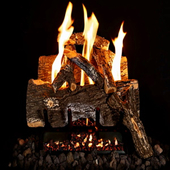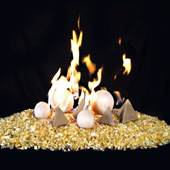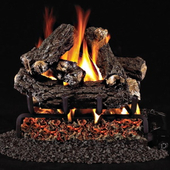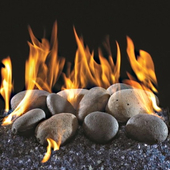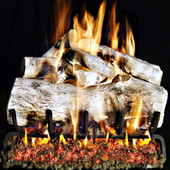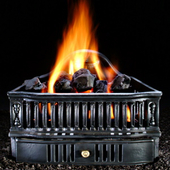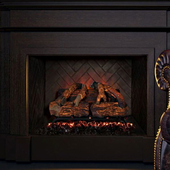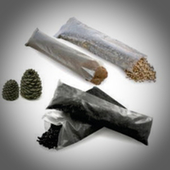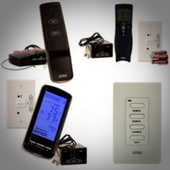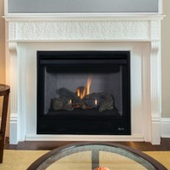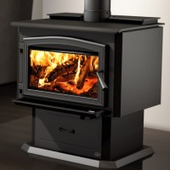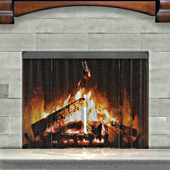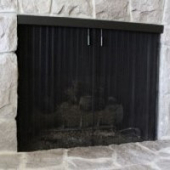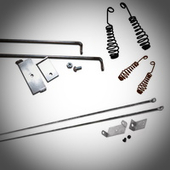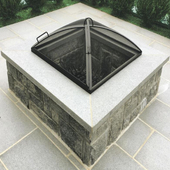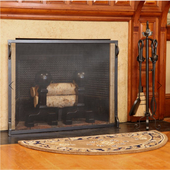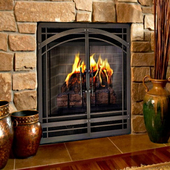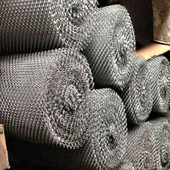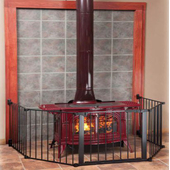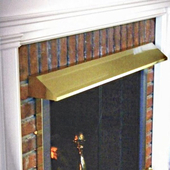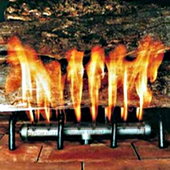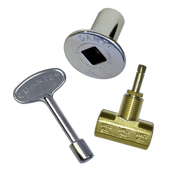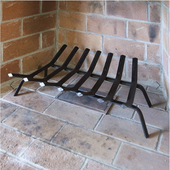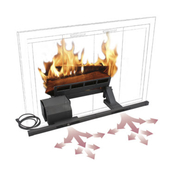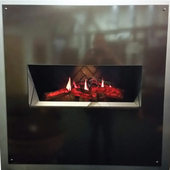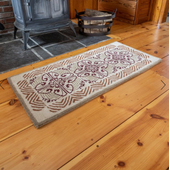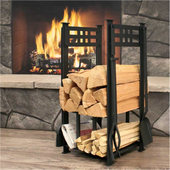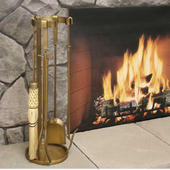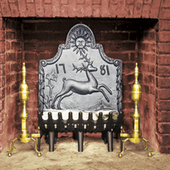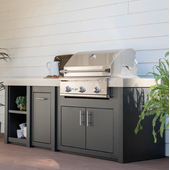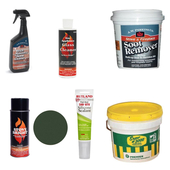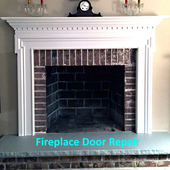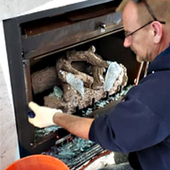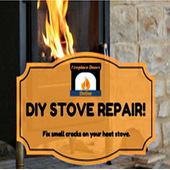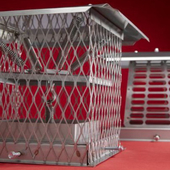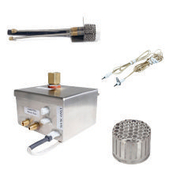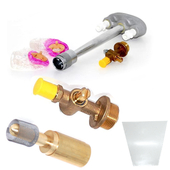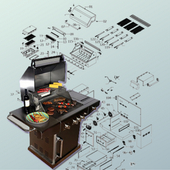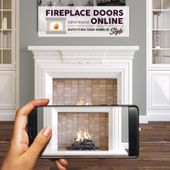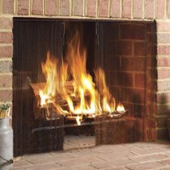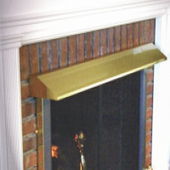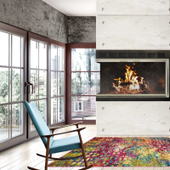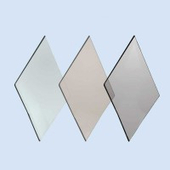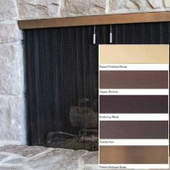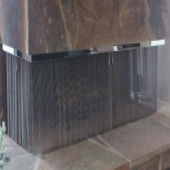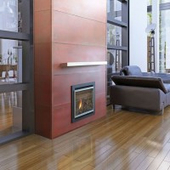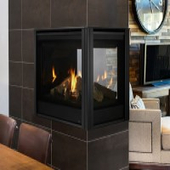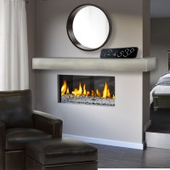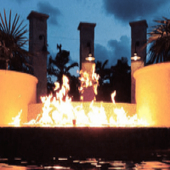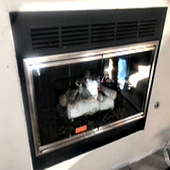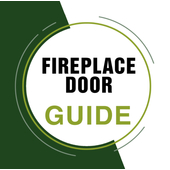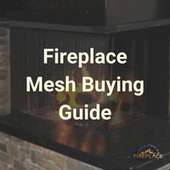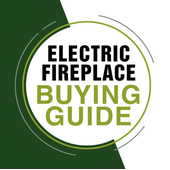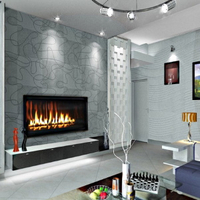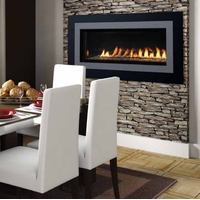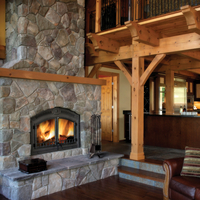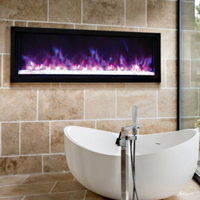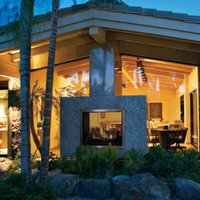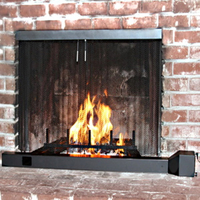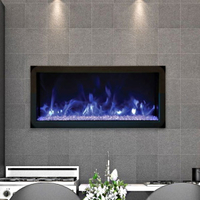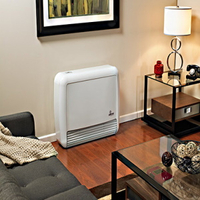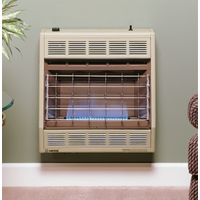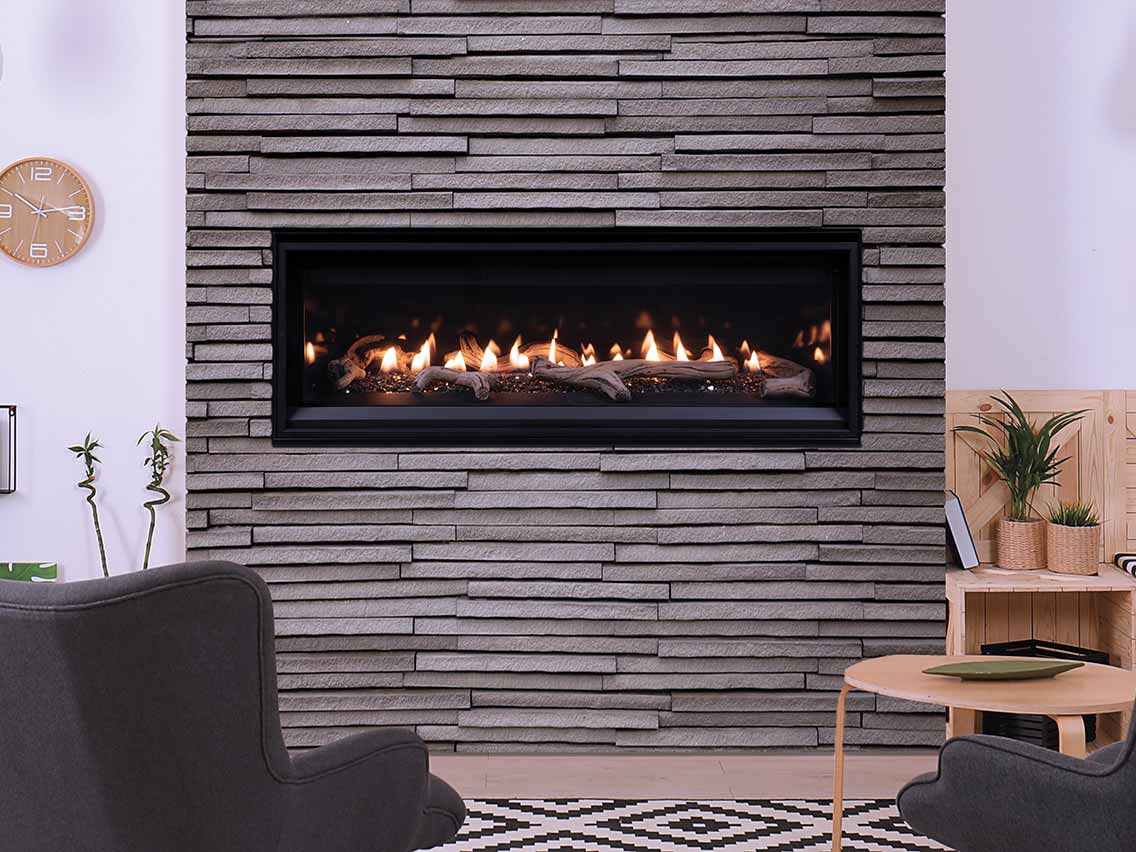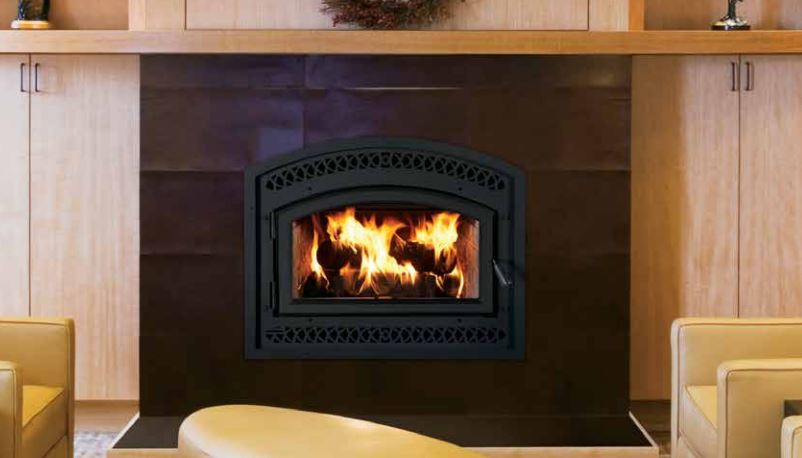Indoor Fireplaces
Indoor fireplaces have long been cherished as a source of warmth, comfort, and aesthetic appeal in homes. Dating back centuries, these architectural features have evolved from basic heating necessities into stylish focal points that enhance the ambiance of any living space. The crackling sound of burning wood, the soft glow of flickering flames, and the cozy atmosphere created by an indoor fireplace have an undeniable allure. In this article, we will explore the various types of indoor fireplaces, their benefits, the factors to consider when choosing one for your home, installation and safety measures, maintenance tips, and how to enhance their charm with accessories. Whether you are looking to install a new fireplace or revamp an existing one, this guide will provide valuable insights into creating a warm and inviting indoor sanctuary.
Introduction to Indoor Fireplaces
Indoor fireplaces have been a cherished feature in homes for centuries, providing warmth and a cozy atmosphere during the colder months. From their humble beginnings as a simple hearth to the modern-day marvels, indoor fireplaces continue to captivate homeowners with their timeless appeal.
The History of Indoor Fireplaces
Indoor fireplaces have a rich history that dates back to ancient times. In medieval Europe, fireplaces were initially designed as open hearths in the middle of a room, with smoke escaping through a hole in the roof. As architectural techniques evolved, fireplaces were built against walls and adorned with decorative mantels, becoming a focal point of the room.
The Appeal of Indoor Fireplaces
There's something undeniably alluring about gathering around a fireplace, whether it's to enjoy the flickering flames or to bask in its comforting warmth. Indoor fireplaces create a cozy ambiance that invites relaxation, perfect for curling up with a good book or enjoying quality time with loved ones. Plus, they add a touch of charm and character to any home's interior décor.
Benefits of Having an Indoor Fireplace
Indoor fireplaces offer more than just aesthetic appeal. They come with a range of benefits that make them a worthwhile addition to any home.
Cozy Atmosphere and Warmth
There's no denying the comfort provided by the gentle crackling sound and radiant heat of a fireplace. It creates a cozy atmosphere that can instantly make any room feel more inviting. Whether you're looking to warm up after a chilly day or simply add a touch of ambiance to your home, an indoor fireplace is the perfect solution.
Energy Efficiency and Cost Savings
In addition to creating warmth, modern indoor fireplaces can be surprisingly energy-efficient. Many models are equipped with features such as adjustable thermostats and blowers that help distribute heat efficiently throughout the room. By relying on a fireplace for heating, you can potentially reduce your reliance on central heating systems, saving you money on energy bills.
Increased Home Value
Indoor fireplaces are often seen as a desirable feature among homebuyers. Installing a fireplace in your home can increase its value and make it more attractive to potential buyers. Not only does it add charm and character, but it also offers the promise of cozy winter nights, making your home stand out in the market.
Types of Indoor Fireplaces
With advancements in technology and design, indoor fireplaces now come in various types to suit different preferences and needs. Not only are there different fuel source options, but there are also different venting styles that make up the following styles of indoor fireplaces:
Traditional Wood Burning Fireplaces
For those who appreciate the crackle and aroma of burning wood, an indoor wood fireplace is a classic choice. However, they require regular maintenance and can be less efficient compared to other options. But, hey, nothing beats that cozy feeling of roasting marshmallows by the fire, right?
Gas Fireplaces
Gas indoor fireplaces offer convenience and cleanliness. They burn natural gas or propane, providing instant heat at the push of a button or flick of a switch. An indoor gas fireplace can be vented or ventless, with vented options requiring a chimney or flue system. They are a popular choice due to their ease of use and efficient heat production.
Electric Fireplaces
Ideal for those without a chimney or gas line, electric fireplaces offer flexibility and simplicity. They don't require any ventilation and can be easily installed in any room. Electric fireplaces create realistic flame effects using LED lights and often come with adjustable heat settings, allowing you to enjoy the ambiance without the need for a real fire.
B Vent Fireplaces
B vent indoor fireplaces are a popular choice for those who want to create a cozy and warm atmosphere in their homes. These fireplaces, also known as natural draft or traditional fireplaces, rely on the natural movement of air to draw out smoke and combustion byproducts. Unlike direct vent fireplaces, B vent fireplaces require a vertical venting system that extends through the roof of the house.
Ventless Fireplaces
Ventless fireplaces, also known as vent-free or chimneyless fireplaces, come in gas, electric, and ethanol variants. As the name suggests, they don't require a chimney or ventilation system, making them easier to install. Ventless fireplaces are known for their high heat efficiency and are a popular option for those seeking hassle-free installation.
Direct Vent Fireplaces
Direct vent fireplaces are a popular choice among homeowners who want to add warmth and ambiance to their living spaces. Unlike traditional wood-burning fireplaces, these units don't require a chimney for venting. Instead, they use a sealed system that draws in fresh air from the outside and expels combustion gases through a horizontal or vertical pipe. This not only makes them more efficient at heating the room, but also eliminates the risk of smoke or fumes leaking into the house.
See Through Fireplaces
See-through fireplaces, also known as an indoor outdoor fireplace, allow you to enjoy the mesmerizing glow and warmth of a cozy fireplace not just from one room but from two neighboring spaces. Indoor outdoor fireplaces offer sleek designs and contemporary aesthetics, they effortlessly blend with various interior styles ranging from minimalist to rustic chic.
Choosing the Right Indoor Fireplace for Your Home
Selecting the perfect indoor fireplace for your home involves considering various factors, from your personal preferences to practical considerations. Indoor fireplace kits provide a lot of different options and potential combinations, so nailing down your preferences and requirements beforehand will be very beneficial and make the ordering process easier.
Assessing Your Needs and Preferences
Think about how you envision using the fireplace. Do you prioritize heat output, visual appeal, or ease of use? Consider factors such as size, design, and features that align with your preferences and lifestyle.
Evaluating Space and Installation Requirements
Examine the available space in your home and identify where the fireplace will be installed. Consider the necessary clearances, ventilation requirements, and any structural modifications that may be needed. Some fireplaces may require professional installation, so factor in that cost as well.
Considering Fuel Options
Evaluate the pros and cons of each fuel type based on factors such as cost, convenience, and availability. Indoor gas fireplaces offer instant heat, while electric fireplaces require no fuel supply. Ethanol fireplaces offer eco-friendliness, and traditional wood-burning fireplaces provide a classic ambiance.
Budgeting and Cost Considerations
Set a budget for your fireplace project, considering both the cost of acquiring the fireplace and installation expenses. Remember to include any additional accessories, maintenance, and potential fuel costs in your overall budget.
With so many options available, finding the right indoor fireplace for your home is an exciting journey that ensures you'll enjoy cozy nights by the fire for years to come.
When the temperature drops, there's nothing quite like curling up in front of a crackling fire. Indoor fireplaces not only bring warmth to your home but also add a touch of charm and coziness to any space. Whether you're considering installing a new fireplace or looking to spruce up your existing one, the following sections will guide you through the installation, maintenance, and enhancement of indoor fireplaces. So sit back, grab a cup of hot cocoa, and let's dive in!
Installation Process and Safety Measures for Indoor Fireplaces
Hiring a Professional Installer
When it comes to installing an indoor fireplace, it's crucial to hire a professional installer. Sure, you may be handy with a toolbox, but dealing with fire and ventilation systems requires expertise. A professional will ensure that your fireplace is installed correctly, minimizing the risk of fire hazards and carbon monoxide leaks. Plus, they can guide you in choosing the right type of fireplace for your space and lifestyle.
Safety Codes and Regulations
Fire safety should always be a top priority. Before installing an indoor fireplace, familiarize yourself with the safety codes and regulations in your area. These guidelines ensure that your fireplace meets the necessary standards for construction, ventilation, and clearance distances from combustible materials. Adhering to these regulations will provide peace of mind and keep your home and loved ones safe.
Ventilation and Air Quality
Proper ventilation is essential for indoor fireplaces to maintain good air quality. Venting systems help remove smoke, gases, and other byproducts from the combustion process, preventing them from lingering in your home. It's crucial to ensure that your fireplace is adequately vented and that the airflow remains unobstructed. Regularly check and clean the vents to ensure optimal performance and minimize the risk of carbon monoxide buildup.
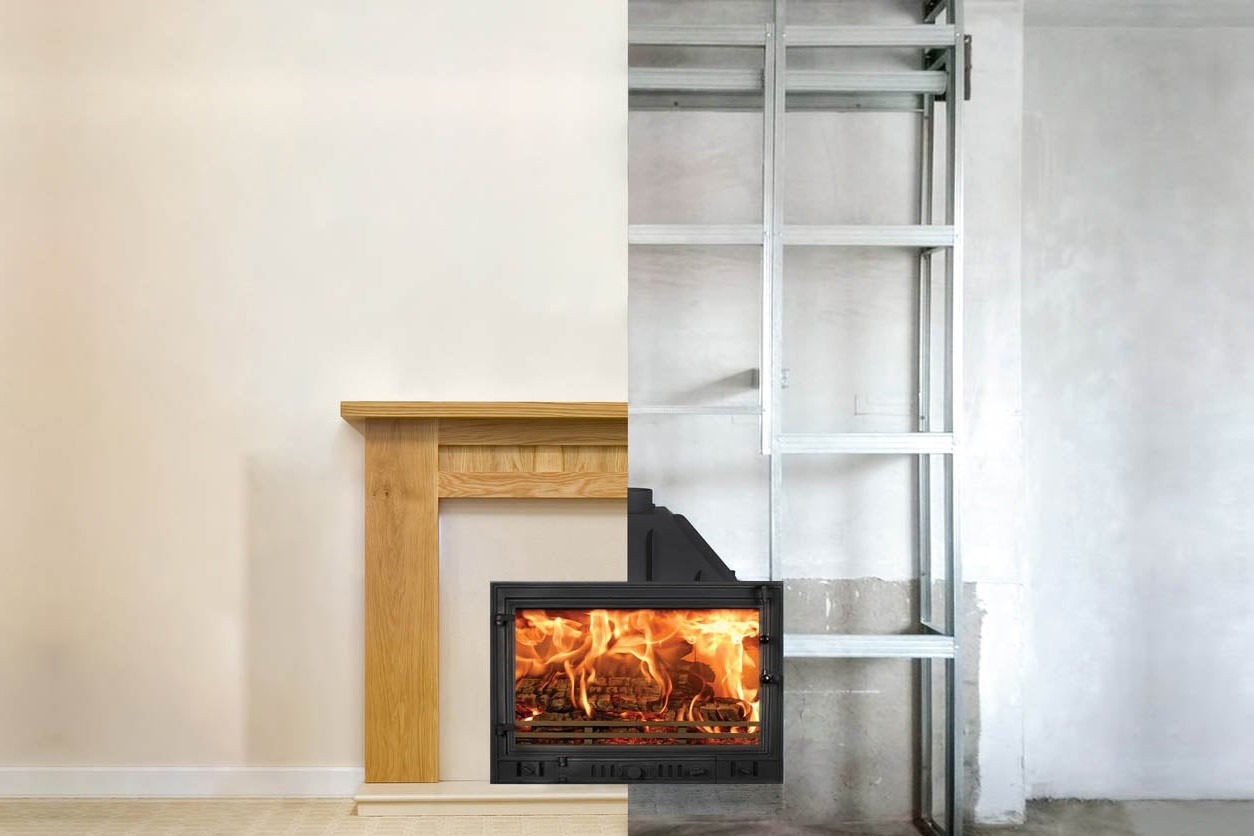
Maintenance and Upkeep of Indoor Fireplaces
Cleaning and Removing Ashes
Keeping your indoor fireplace clean is essential for both safety and efficiency. Regularly remove ashes using a fireplace shovel and dispose of them in a metal container. Remember to wait until the ashes are completely cooled before handling them. Additionally, clean the inside of the fireplace, removing any soot buildup or debris, to ensure optimal airflow and prevent potential fire hazards.
Chimney Inspection and Cleaning
To maintain the proper functioning of your indoor fireplace, regular chimney inspection and cleaning are necessary. Over time, creosote, a flammable substance, can accumulate in the chimney, increasing the risk of chimney fires. Hire a professional chimney sweep to inspect and clean the chimney at least once a year. This not only ensures safety but also improves the efficiency and longevity of your fireplace.
Fuel Source Maintenance
Different indoor fireplaces use various fuel sources, such as wood, gas, or electricity. Each fuel source requires specific maintenance. For wood-burning fireplaces, ensure that the firewood is properly seasoned and stored in a dry area. Gas and electric fireplaces usually require less maintenance, but it's still essential to follow the manufacturer's guidelines for regular inspections, cleaning, and servicing.
Troubleshooting Common Issues
Even the best-maintained indoor fireplaces may encounter common issues from time to time. Some problems include difficulty igniting the fire, poor draft, or unusual odors. Before panicking, try troubleshooting these issues by checking for clogged vents, cleaning or replacing faulty parts, or adjusting the airflow settings. If the problem persists, don't hesitate to consult a professional for further assistance.
Enhancing the Ambiance with Indoor Fireplace Accessories
Fireplace Screens and Doors
Want to add an extra layer of safety and style to your indoor fireplace? Consider installing a fireplace screen or glass doors. These accessories not only prevent sparks from flying out but also enhance the overall aesthetic appeal. Choose from a range of designs and finishes to complement your fireplace and interior decor.
Fireplace Tools and Utensils
To stoke your fire and keep it burning brightly, invest in a set of fireplace tools. A sturdy fireplace poker, log tongs, and a shovel will make managing your fire a breeze. Opt for tools made of durable materials like wrought iron or stainless steel for long-lasting use and a touch of rustic charm.
Decorative Fireplace Logs and Inserts
If you prefer the convenience of gas or electric fireplaces but miss the authentic look of burning logs, decorative fireplace logs and inserts are the perfect solution. These realistic logs and inserts create the illusion of a traditional wood-burning fire without the hassle. Choose logs made from ceramic or refractory materials for a lifelike appearance.
Mantel Decor and Surroundings
Lastly, let your creativity shine by adorning your mantel with decorative elements. Arrange candles, vases, or artwork to complement the ambiance created by your indoor fireplace. Don't forget to consider the surroundings as well - cozy seating, warm rugs, and comfortable pillows can transform your space into the ultimate cozy retreat.
Indoor fireplaces bring warmth, charm, and a sense of togetherness to any home. By following professional installation, maintenance, and safety guidelines, you can enjoy the flickering flames and cozy atmosphere for years to come. So go ahead, light that fire, and let the magic unfold!In conclusion, indoor fireplaces offer more than just warmth and practicality; they bring a sense of comfort, beauty, and charm to any home. Whether you opt for a traditional open hearth fireplace, a modern gas or electric option, or an eco-friendly ethanol fireplace, the possibilities to enhance your living space are endless. By considering your needs, exploring the various types, following installation and safety guidelines, and maintaining your fireplace properly, you can enjoy its benefits for years to come. So, cozy up, relax, and let the gentle crackling of a well-designed indoor fireplace create a warm and inviting atmosphere in your home.
FAQ's
Q: Are indoor fireplaces energy-efficient?
A: Indoor fireplaces can be energy-efficient, depending on the type you choose. Gas and electric fireplaces tend to be more energy-efficient compared to traditional wood-burning fireplaces. They allow for better control of heat output and can be easily adjusted or turned off when not in use, reducing energy waste.
Q: Can I install an indoor fireplace myself?
A: While some electric fireplaces come as DIY kits, it is generally recommended to hire a professional for the installation of indoor fireplaces, especially those using gas or requiring chimney connections. Professional installers have the knowledge and expertise to ensure proper ventilation, safety compliance, and overall functionality of the fireplace.
Q: How often should I clean and maintain my indoor fireplace?
A: Regular cleaning and maintenance are essential for the efficient and safe operation of indoor fireplaces. It is recommended to clean the fireplace and remove ashes after each use or at least once a week during fireplace season. Additionally, an annual chimney inspection and cleaning by a professional are crucial to prevent the buildup of creosote and ensure proper airflow.
Q: Can I use my indoor fireplace as the primary heat source for my home?
A: While indoor fireplaces can provide supplemental heat, they are not typically designed to be the primary heat source for an entire home. Factors such as insulation, fireplace size, and fuel type will impact the heating capacity. It's best to consider indoor fireplaces as an enjoyable and cozy addition to your home, rather than relying solely on them for whole-house heat.
Q: How to use an indoor fireplace?
A: This depends on what type of indoor fireplace you have installed in your home. Gas units have different start up and operating procedures compared to wood units. The best bet is to read your start up / ignition instructions that came with your fireplace. This will tell you exactly how to start your specific fireplace and help you to avoid any issues.


